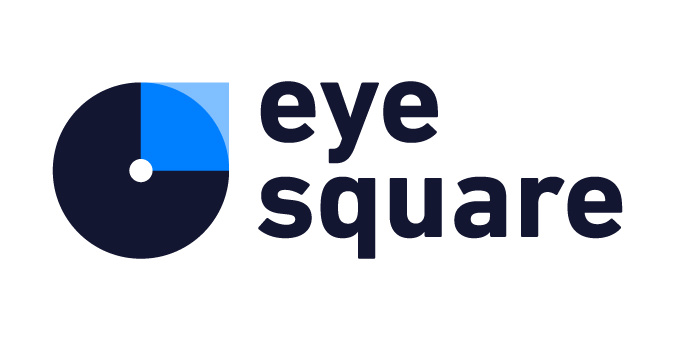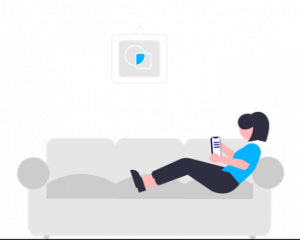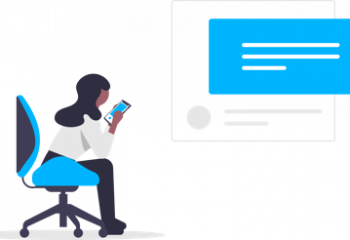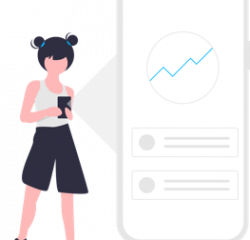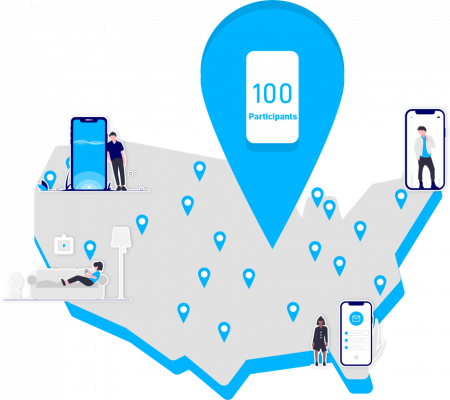With smartphone eye tracking, the eye tracking evolution continues and we can focus all the more on user behavior on the device where consumers spend most of their digital free time. As more companies make their websites mobile-first and social media becomes more significant in its role for advertising and online shopping, understanding smartphone usage is now more important than ever. However, the new eye-tracking method alone doesn't make the difference. The secret is combining the technology with a controlled environment and experimental design. For the past 20 years, we have been developing realistic test environments for ad, shopper and UX studies that optimally reflect natural usage directly on the smartphone.
There are a variety of scenarios in which smartphone eye tracking can be used. We and our customers deal with some of these examples on a daily basis in our studies. For example, in the area of brand measurement, we can test the perception of ads and videos in their natural context. In addition, the ever-growing e-commerce field is also becoming more and more important for market research, which is why measuring attention to different product details when shopping online is highly relevant: testing mobile e-commerce sites is a good example for this. Another example can be the classic UX testing process on mobile websites and portals.
For such a study, the test subjects only need their normal smartphone and Internet access. In this respect, we have few hurdles in selecting the test subjects - all current phone models offer very good front cameras, which are even better than most webcams. To participate, study participants are asked to install an app, which then guides them step-by-step through the entire study, has an integrated Internet browser and records the data. Of course, subjects should not do the study on their way to the bakery or at night in the dark to ensure adequate lighting.
In terms of smartphones, we don't need to do another test; in principle, almost all devices that are no older than 3-4 years will work. We generally see a high willingness to participate and the users understand that the application will only be installed for the duration of the study. The effort to get participants interested in such a study is comparable to a webcam eye-tracking study. An important component of successful acquisition and high participation rates is high transparency from the beginning: Answers to questions such as "What will be recorded?" and "How long will the study take?" are helpful here.
Cooperation partners are of central importance for us here. For our different study scenarios, we work with almost all manufacturers of eye tracking devices - from ASL to Tobii. In the case of this study, we are happy to have linked our in-context testing environments together with Oculid and to be able to automate the analysis of the data.
